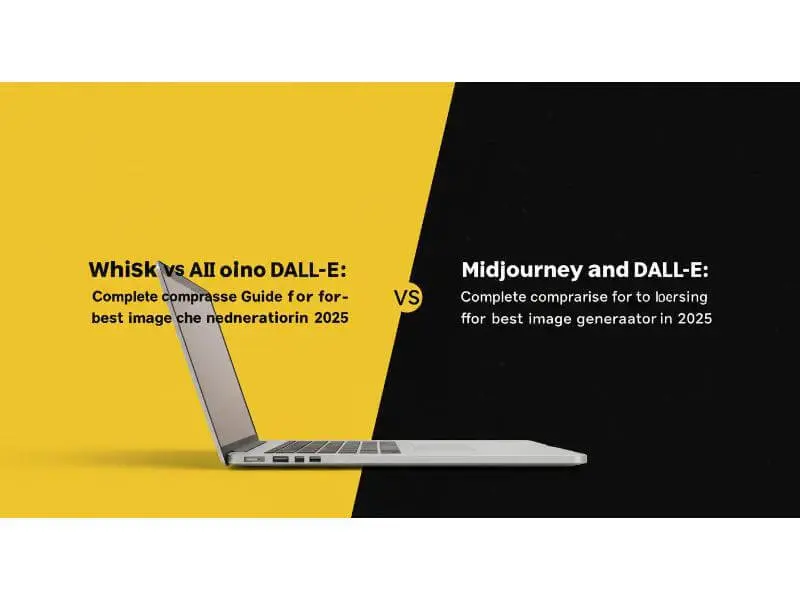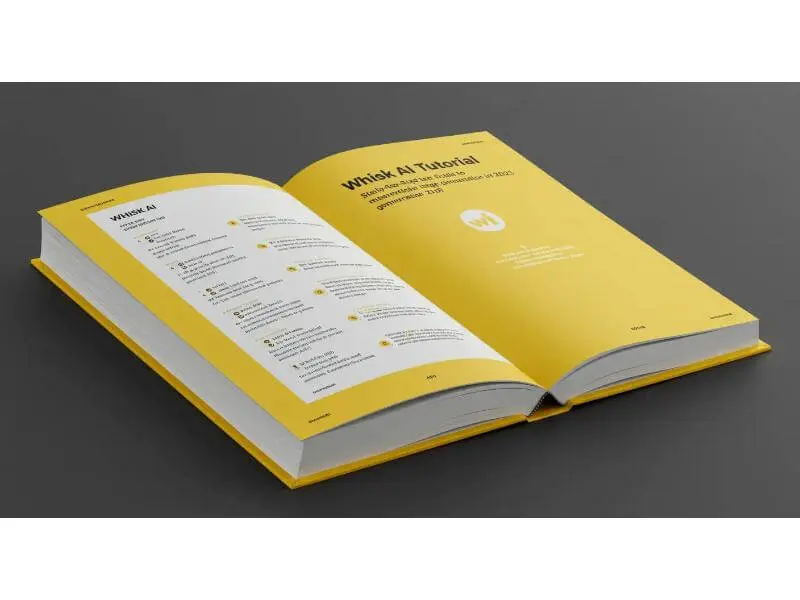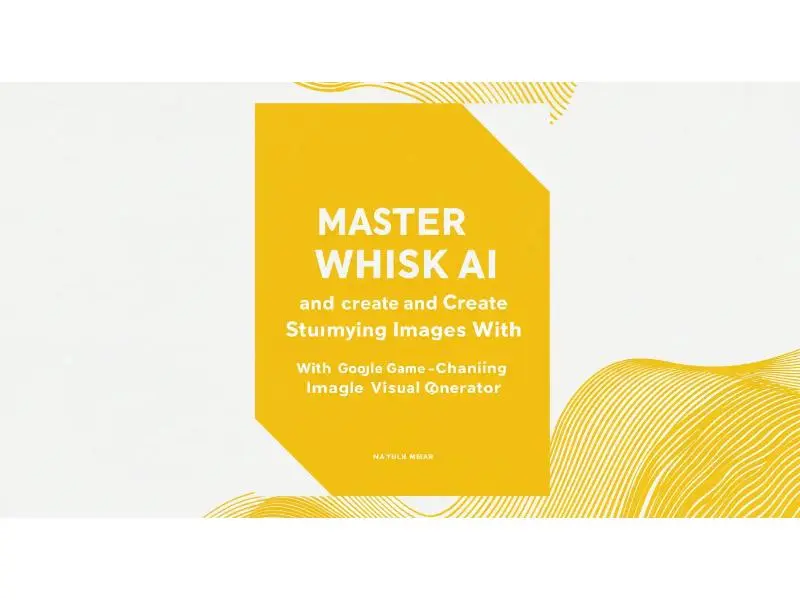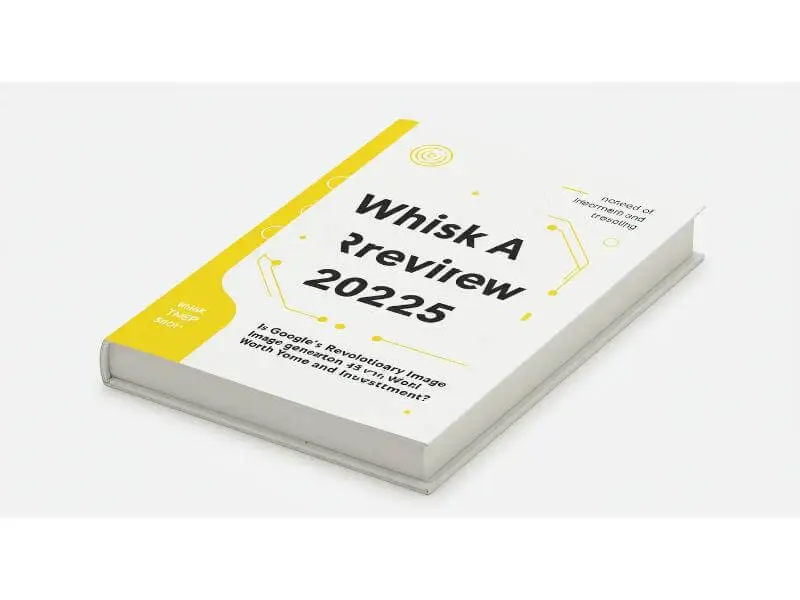The artificial intelligence image generation landscape has experienced a seismic shift with Google's introduction of Whisk AI, challenging the dominance of established text-based generators like DALL-E, Midjourney, and Stable Diffusion. As creative professionals and digital artists evaluate their toolkit options, the question arises: how does Whisk AI's innovative image-to-image approach compare to traditional text-based systems?
The Fundamental Difference: Images vs Text as Creative Input
The most significant distinction between Whisk AI and traditional generators lies in their primary input methods, fundamentally altering how creators approach the image generation process.
Traditional Text-Based Generators: Rely on detailed text prompts, requiring users to articulate their vision through written descriptions that include subject matter, style directions, composition details, lighting preferences, and mood specifications. This approach demands strong descriptive writing skills and often involves trial-and-error refinement of prompts.
Whisk AI's Visual-First Approach: Revolutionizes this process by accepting visual references as primary inputs, allowing creators to show rather than tell what they want to achieve. The three-input system eliminates the communication barrier between human vision and machine interpretation.
This visual-first approach proves particularly beneficial for creators who think primarily in images, international users working in non-native languages, and professionals who need to maintain specific visual consistency across projects. The fundamental shift from linguistic to visual communication represents a new paradigm in AI-assisted creativity, offering unprecedented precision in translating creative concepts into generated images.
Speed and Efficiency: Comparing Workflow Performance
Workflow efficiency varies significantly between Whisk AI and traditional text-based generators, with each approach offering distinct advantages depending on the creative scenario.
Traditional generators often require extensive prompt engineering, where users spend considerable time crafting, testing, and refining text descriptions to achieve satisfactory results. This iterative process can involve dozens of attempts, especially when working with complex compositions or specific stylistic requirements. Experienced users develop libraries of effective prompt formulas, but newcomers face steep learning curves in mastering prompt syntax and terminology.
Whisk AI streamlines this process by allowing users to upload reference images that clearly communicate their intentions, dramatically reducing the time spent on input formulation. The visual reference system enables rapid experimentation with different combinations of subjects, scenes, and styles, making it possible to explore multiple creative directions quickly. However, Whisk AI requires users to have or source appropriate reference images, which may slow down the initial setup phase for some projects.
Quality and Consistency: Analyzing Output Performance
Output quality represents a crucial factor in choosing between Whisk AI and traditional image generators, with each system excelling in different aspects of image creation.
Traditional Generators (Midjourney, DALL-E): Excel at producing highly stylized, artistic images with impressive attention to detail and sophisticated rendering techniques. These tools showcase complex lighting effects and intricate details that demonstrate advanced understanding of artistic principles.
Whisk AI's Strength: As we cover in our in-depth 2025 review, it prioritizes accuracy in combining specific visual elements, ensuring that the subject, scene, and style components are faithfully represented in the final image. This approach typically produces more predictable results, making it ideal for projects requiring visual consistency or brand adherence.
The quality of Whisk AI outputs depends heavily on the quality and clarity of input images, with high-resolution, well-composed references yielding superior results. While Whisk AI may not always match the artistic sophistication of specialized tools like Midjourney, it excels in creating coherent compositions that accurately reflect the user's visual intentions.
Creative Control and Customization Options
The level of creative control available to users varies dramatically between Whisk AI and traditional generators, influencing which tool better serves different creative objectives.
Traditional text-based generators offer extensive customization through detailed prompt parameters, negative prompts, style modifiers, aspect ratio controls, and advanced settings that allow fine-tuning of various image aspects. Power users can achieve remarkable precision by mastering complex prompt structures, combining multiple style references, and utilizing platform-specific features like Midjourney's style raw settings or DALL-E's editing capabilities.
Whisk AI takes a different approach to creative control, simplifying the interface while providing intuitive manipulation of visual elements through image selection. Users maintain control over the three core components but have fewer granular adjustment options compared to advanced text-based systems. The trade-off involves easier accessibility and more predictable results in exchange for reduced fine-tuning capabilities.
For creators who prioritize speed and visual accuracy over extensive customization, Whisk AI's streamlined approach proves advantageous, while those requiring maximum control over every aspect of generation may prefer traditional systems.



